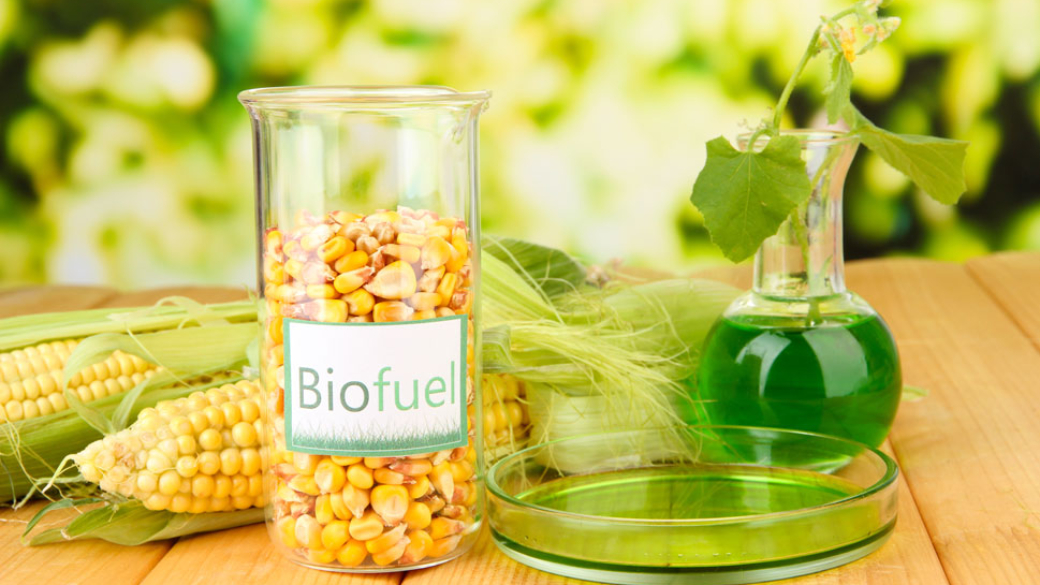Biofuels are energy sources made from living things or from the waste that living things produce. While this may sound like something out of the future, the reality is that biofuels are becoming increasingly common today, and there have been many advancements in the field of biofuels science.
After eight years of groundbreaking research, the Joint Bioenergy Institute has rewritten the formula for engineering renewable transportation fuels, and they’ve set the stage for the development of clean, sustainable alternatives for petroleum-based products. Biofuels science has reduced the cost per gallon from $400,000 to $6. Soon, that number will be even lower, making it an affordable solution that’s competitive with today’s fossil fuels.
Biofuels 101
Biofuels are produced from living organisms or from the metabolic by-products for a living organism (such as organic or food waste products). In order to be considered a biofuel, the fuel must contain over 80% renewable products.
There are two popular types of biofuels: ethanol and biodiesel. Ethanol is an alcohol, and it is made from starches and sugars. However, scientists are developing technology that will allow it to be made from cellulose and hemicellulose, the material that makes up the bulk of most plant matter. Biodiesel, on the other hand, is made by combining alcohol (typically methanol) with vegetable oil, animal fat, or recycled cooking grease.
Those who support biofuels argue that its use could significantly reduce greenhouse gas emissions. Although burning the fuels produces carbon dioxide, plants and trees remove carbon dioxide from the atmosphere, thus creating significantly less pollution than fossil fuels. Because biofuels release fewer particulates into the air, they help reduce smog, which can improve health conditions such as asthma.
The Future of Biofuels
There are still many questions when it comes to the future of biofuels, however, with the increasing dangers of global warming, biofuels science isn’t slowing down. According to BP’s Energy Outlook 2035, renewables – such as biofuels – are expected to have a higher share of primary energy than nuclear by 2025. It’s a sign that the development of biofuels is only just beginning.
Companies like BP and Chevron are already working diligently to develop the next generation of biofuels. BP, for example, is working with DuPont to develop biobutanol while Chevron is focusing on evaluating potential technologies that would allow them to produce second- and third-generation biofuels (in other words, biofuels derived from resources that cannot alternatively be used as food, such as biomass, animal fats, lignocellulose, and algae).
Oil and gas companies aren’t the only ones looking into the use of alternative fuels. Dozens, if not hundreds, of companies are investing in biofuels science and are researching and developing more sustainable fuel sources. Additionally, airlines, such as United and Virgin Atlantic, understand the importance of using more sustainable solutions and will begin using biofuels over the next several years.
With so much new research, it’s difficult to know what’s next for biofuels. However, it’s safe to say that this is only the beginning and the biggest developments have yet to come.
We’re proud to have helped manufacturers insulate their biofuel tanks and pipes to lower energy use, costs, and be even more sustainable.
Want to test your knowledge of biofuels? The Energy Department’s Bioenergy Technology Office recently released an interactive quiz with some surprising facts about biofuels. For instance, do you know how many billions of gallons of biofuels we already consume? TAKE THE QUIZ and see how well you know your stuff.




